
Homebuilt Mercedes Sauber C9 replica
Story and Photos by Sudhir “Banzai” Matai
There are car guys, and then there are hardcore car guys, and Johan Ackermann qualifies as the latter in every sense. During his life, he has worked for both BMW and BMW Motorsport and was once a development and test driver. He has also built not one, but three cars with his own hands. If that wasn’t impressive enough, he also happens to be an aircraft technician.
That’s quite the list of accomplishments, but Johan has no plans of stopping just yet. His first creation, the Sauber Mercedes C9 you see here, is the stuff of legend in South Africa. But what led him to tackle such a daunting project? It’s a pretty unusual story, with a surprising twist, as you’ll see.
The one-time race mechanic for BMW is obviously a motorsport enthusiast, to say the least. But it was an unrelenting desire for competition that led him into the world of gaming, more specifically the Gran Turismo franchise of PlayStation games. It was within this arena of virtual racing that he became infatuated with the Sauber Mercedes C9, the famous Group C racer that helped Mercedes secure victory in 1989 at the 24 Hours of Le Mans.
For those readers not familiar with the C9, it marked Mercedes’ official reentry into world sports car racing. Until that point, sports car projects (such as the C8) had been run under the Sauber banner. In ’89, the Mercedes-Benz C9 won all but one race in the FIA’s World Sportscar Championship, easily claiming the Constructors’ Championship for Mercedes and helping Jean-Louis Schlesser to the driver’s title. The C9 claimed decisive first, second and fifth at the 24 Hours of Le Mans that year. The car reached a searing 248 mph on the Mulsanne Straight during qualifying.
Such a performance clearly made the C9 worthy of immortalization in the gaming world, which is where Johan’s obsession with the Mercedes began. “I’d been playing Gran Turismo from PS1 all those years ago,” Johan relates. “I used to love driving the Nürburgring. One day I read about a competition where a guy from Germany was trying to find the fastest gamer around the track — you know, the long track.” Johan chose the C9 and had to set up the car perfectly to set a good time. After weeks of trying, he set an incredible time that was quicker than anyone else in the competition by five seconds.
“Man, I was really happy with the result!” he recalls. “Then I started to think to myself, ‘I want to drive that car on the road in real life!’” Of course, getting your hands on a Group C racer is harder than finding hen’s teeth, so Johan would just have to build his own if he ever hoped to drive one.
Building a Le Mans-style racer is not something easily undertaken — especially so if you don’t have your own race car team. There are no molds or specs to work off, just creativity and ingenuity, both of which Johan fortunately seems to possess in abundance.
To kick off the project, he took a 1:32-scale model of his dream car and figured if he scaled up all the dimensions, he’d have a decent starting point. With a basic set of plans in hand, Johan approached the owners of a local Mercedes-Benz parts business called CJ Auto. Initially, the management there thought he was crazy, but after a bit of convincing, CJ Auto agreed to provide all the hardware for the build. As a result, the car is 100% built from Mercedes-Benz parts.
“I started with a few basics: the front and rear suspension, engine subframe and a wheelbase measurement,” he notes. Using those as guidelines, he constructed a tubular steel chassis, which wasn’t too difficult, he claims (that’s if you already know how, of course).
The total length of his car is the same as the C9, but it’s slightly narrower than the original. The really hard work was still to come though. With the width and length finalized, Johan had the unenviable task of creating the unique body shape of the low-slung racer. He began by creating a metal skeleton from 3 mm flat iron.
“I bent and shaped those bars to get a simple frame,” he recounts. When that was done, he filled in all the gaps with 4 mm cardboard that was zip-tied to the frame. Satisfied with the overall shape, he started to lay down sheets of fiberglass on both sides of the cardboard, effectively creating a sandwich, and the body started to take shape. But that wasn’t the hard part.
“The flat sections were OK because you can just use sheets of cardboard,” he explains. “But you can’t make a rounded roof with flat sheets.” So he created a smooth papier-mache mix and started to use that to make the roof. “When the roof looked right, I laid sheets of fiberglass over the solidified paper.”
After the basic body shape was complete, Johan sanded and smoothed the surfaces until he had the finish he desired. The fiberglass body was finally covered with Mercedes’ signature race-car hue, silver. All told, creating the bodywork took the better part of 1 1/2 years, with Johan working on the car in his shed at his home. The result is jaw-dropping though.
With the body completed, it was time to get cracking on the mechanicals. Suspension consists of double A-arms front and rear with C-Class W202 wishbones, and Eibach springs and Bilstein dampers absorb road irregularities. The alloy wheels came off a Mercedes S600, but now feature a carbon fiber finish. The front end features multipot brake calipers from the S600 as well, while the rear items came off an E-Class.
In order to have a bit of freedom in terms of the engine packaging, Johan decided he was going to use a more compact 3.2-liter V6, as opposed to the V8 used in the original race car. For improved power over the factory output, he bolted on twin Garrett turbochargers with an identical layout on each bank, as well as two external wastegates. The engine was then mated with a Mercedes five-speed manual transmission that’s mounted directly to the differential — no drive shaft, just a rubber coupling.
Using an aftermarket Spitronics Engine Management system, the motor has been dyno-tuned to produce 330 hp (versus 800 hp on the twin-turbo race car). With mass of just over 2,300 pounds to lug (about 400 pounds more than the original), this C9 tribute has brisk, rather than neck-snapping performance. No matter though, as it has plenty of beans and reliability for driving many miles on open roads, as we’ll see.
First, though, Johan faced the final hurdle of getting the car road registered, a task that he managed to complete at the very end of 2015. Since that day, he has driven his hand-built replica over 8,000 miles, including a trip covering over 600 miles to a car show in another state.
As a result of his long-haul trips, the C9 tribute car is now well-known by Mercedes enthusiasts and at classic car gatherings countrywide. At some point, word got back to Peter Sauber, the man who owned the company that produced the C9. Peter was extremely impressed by the build and wished him many years of happy motoring in a hand-signed letter that he sent to Johan in South Africa.
At the time of writing, Johan was finalizing the sale of the C9 to its new owner. “I achieved what I set out to do all those years ago,” he smiles. “I wanted to drive the car on the road and I did so for many happy miles. It’s time for someone else to enjoy it now.”
But this retired technician isn’t going to sit back and bask in the glory of the C9. His next project, the Le Mans-winning BMW LMR, is already at an extremely advanced stage, and we can’t wait to see the outcome. Stay tuned.

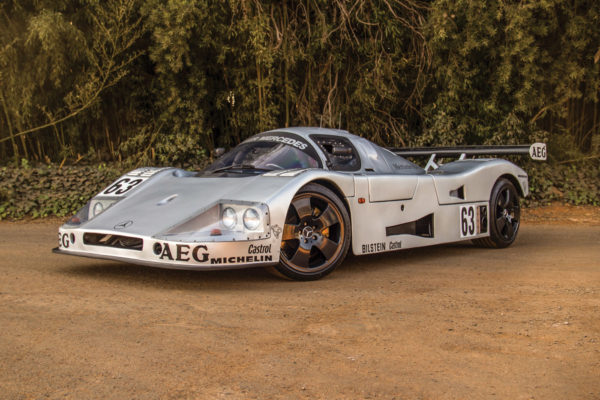
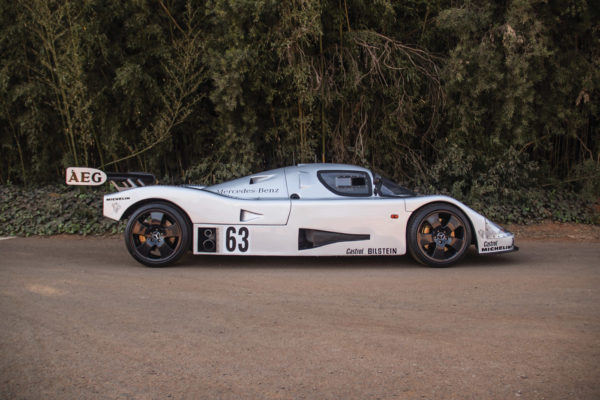

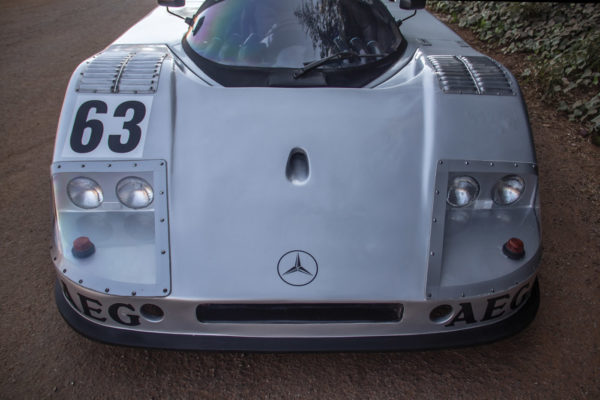
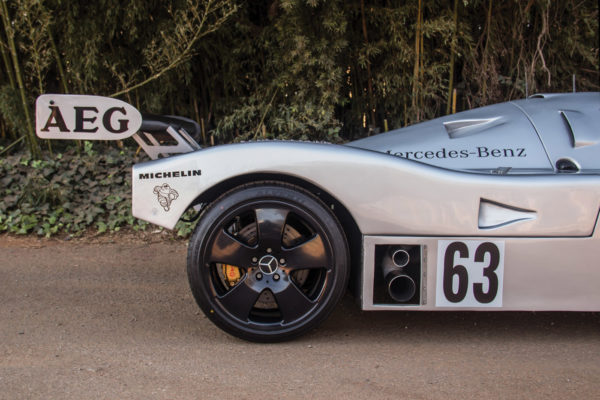
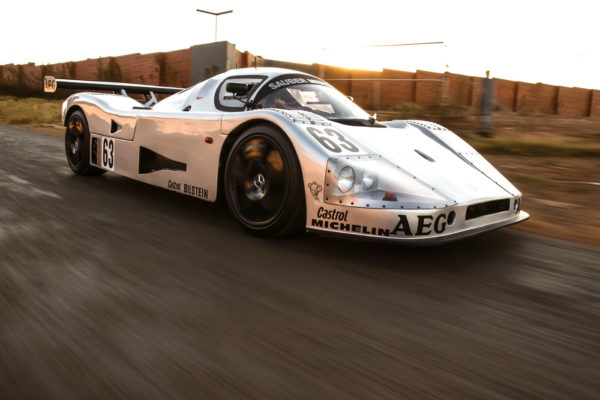
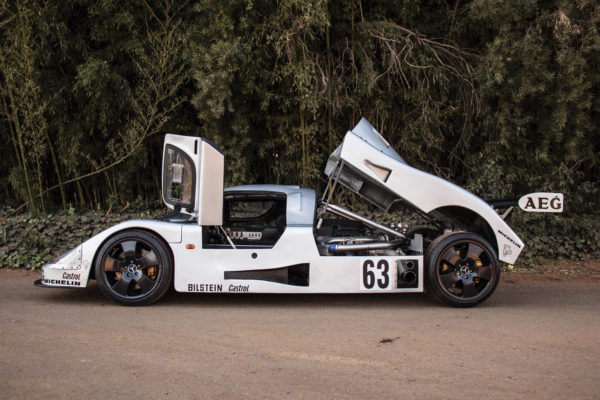
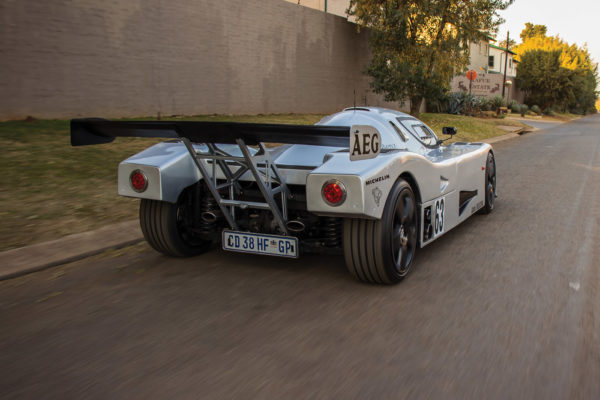
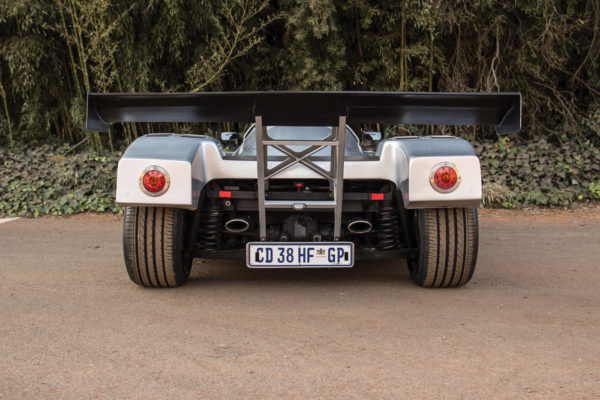
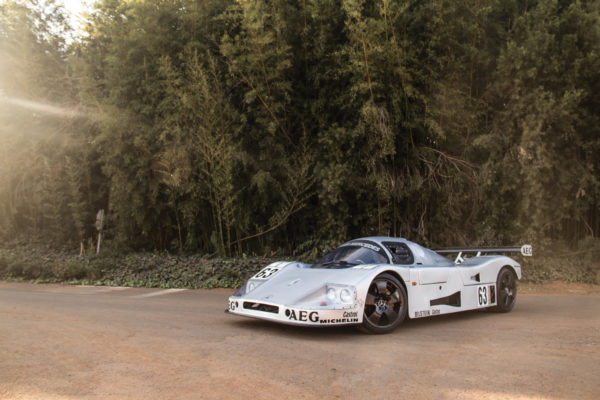
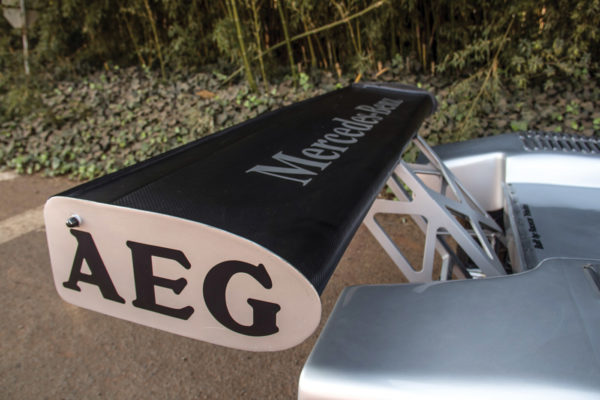
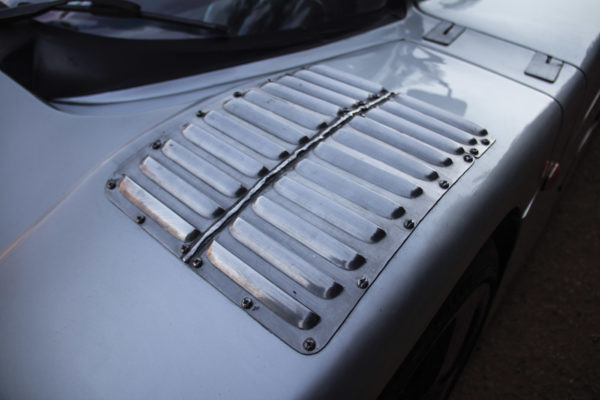
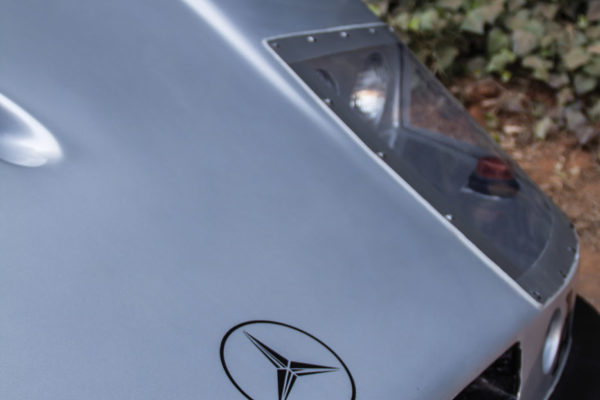
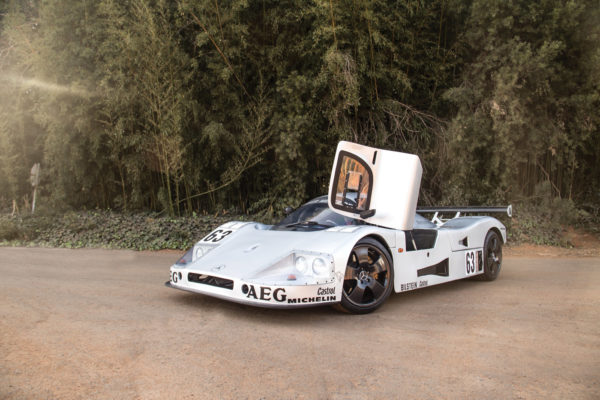
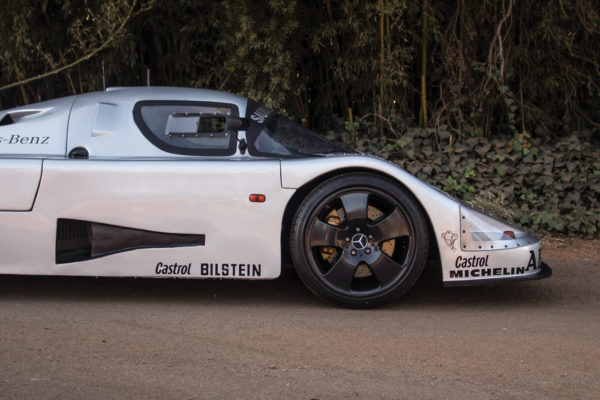
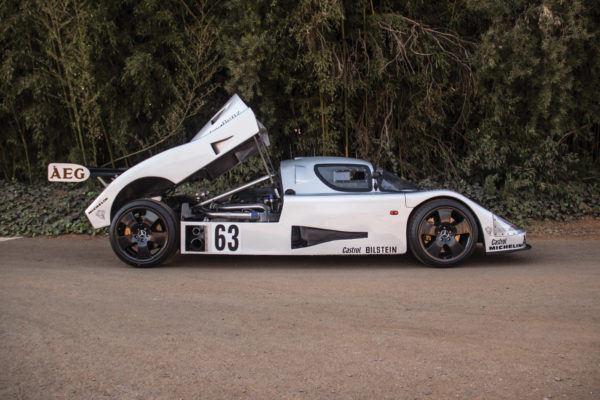
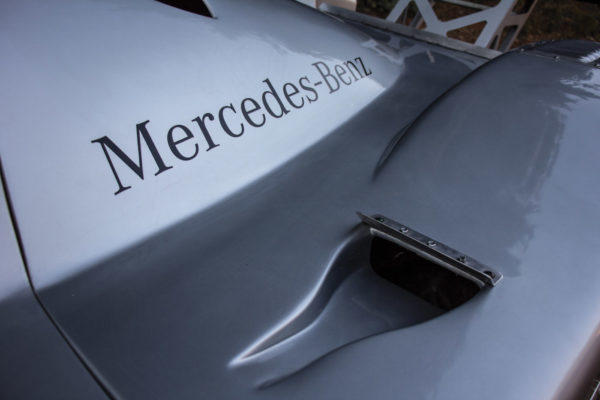
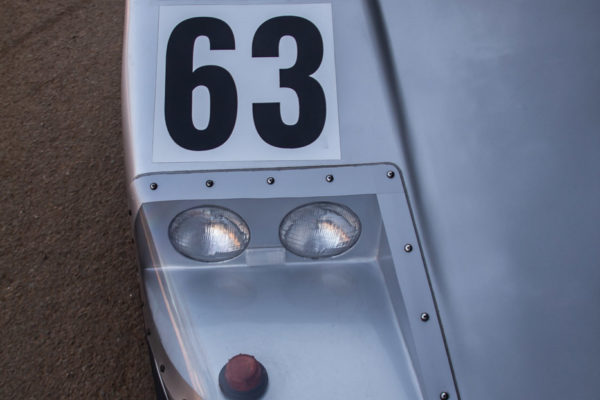
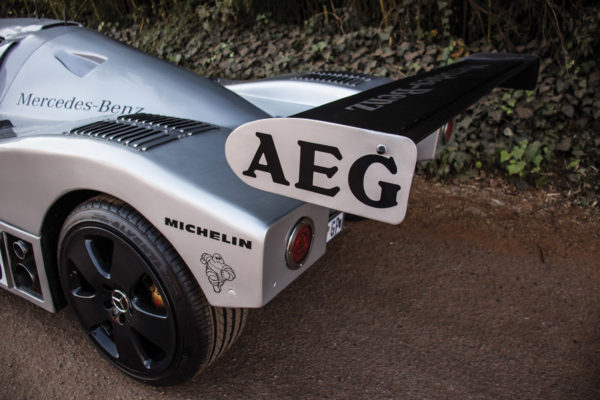
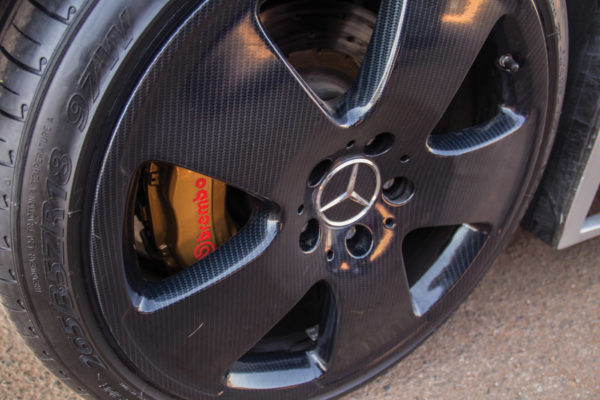
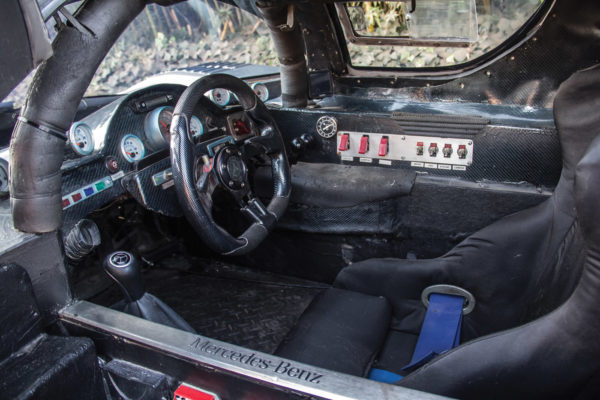
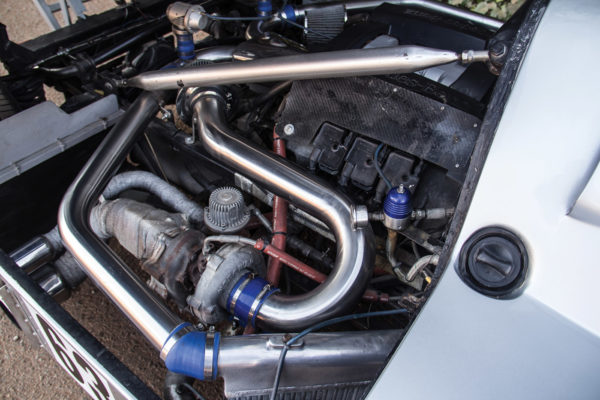
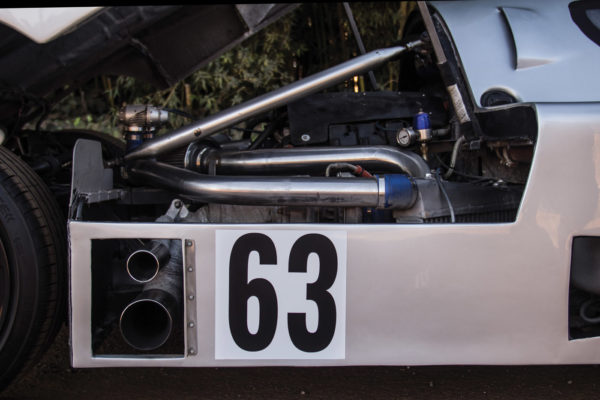
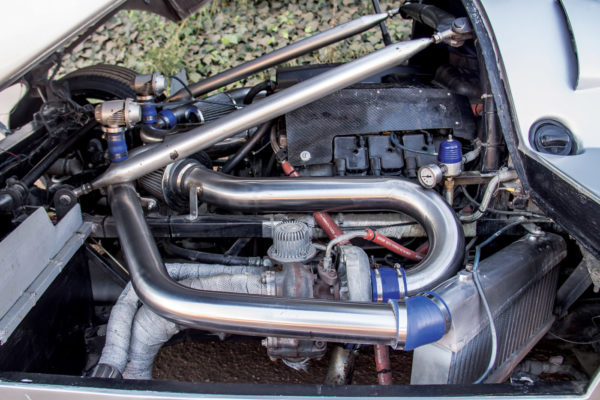
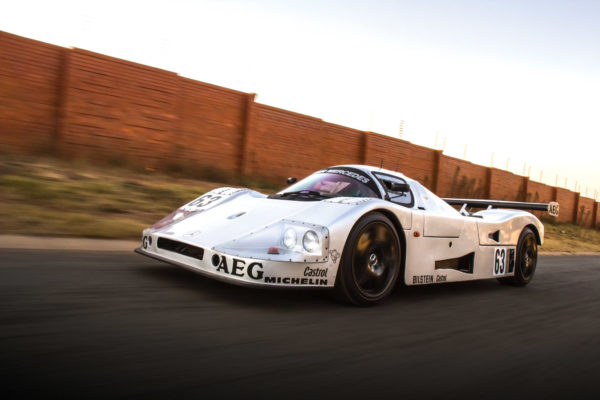
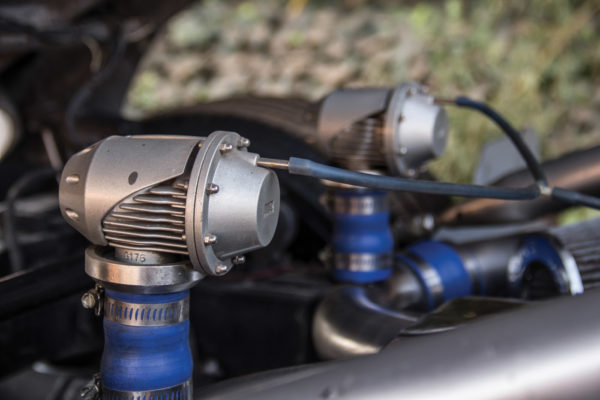
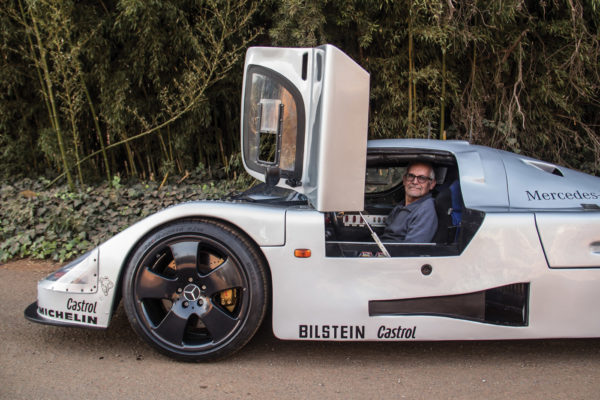
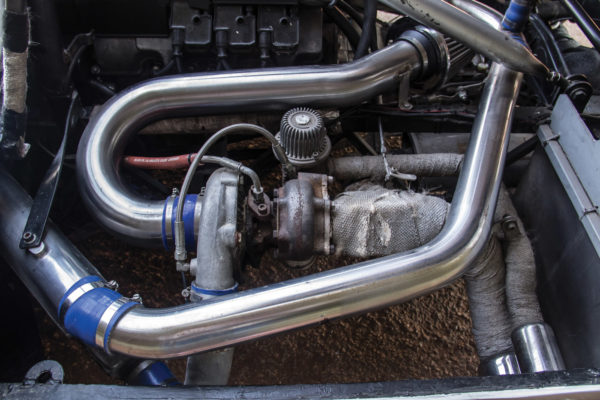
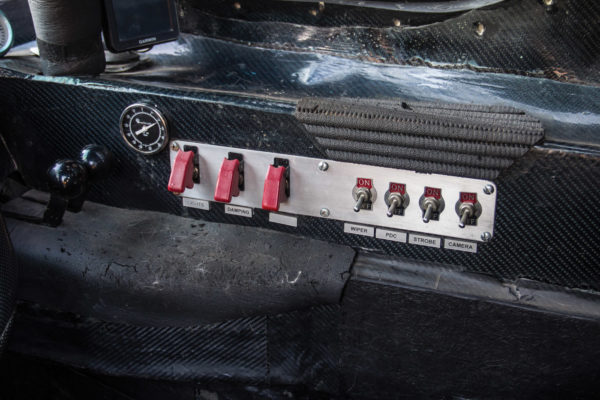
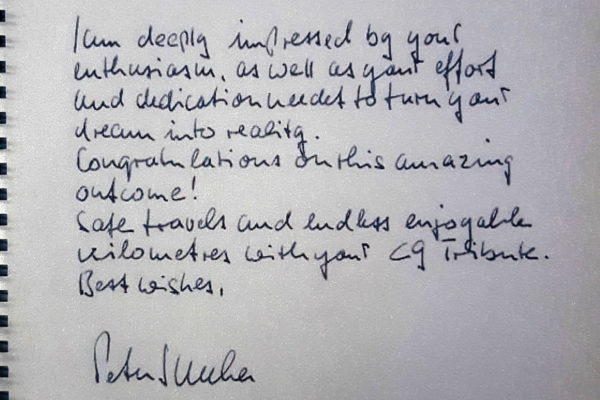
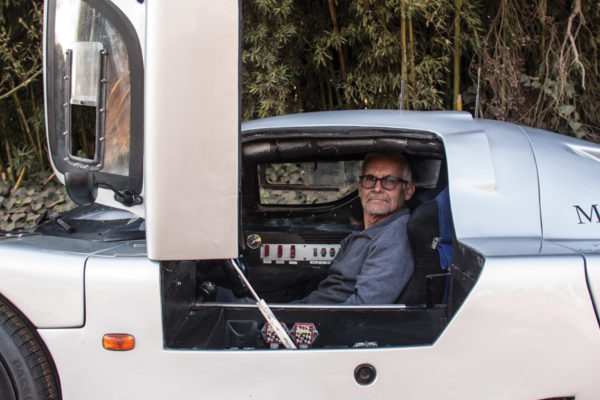
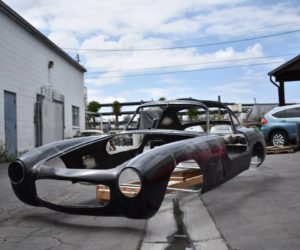
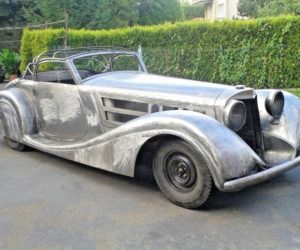





Comments for: Scratch-Built Sauber C9
comments powered by Disqus